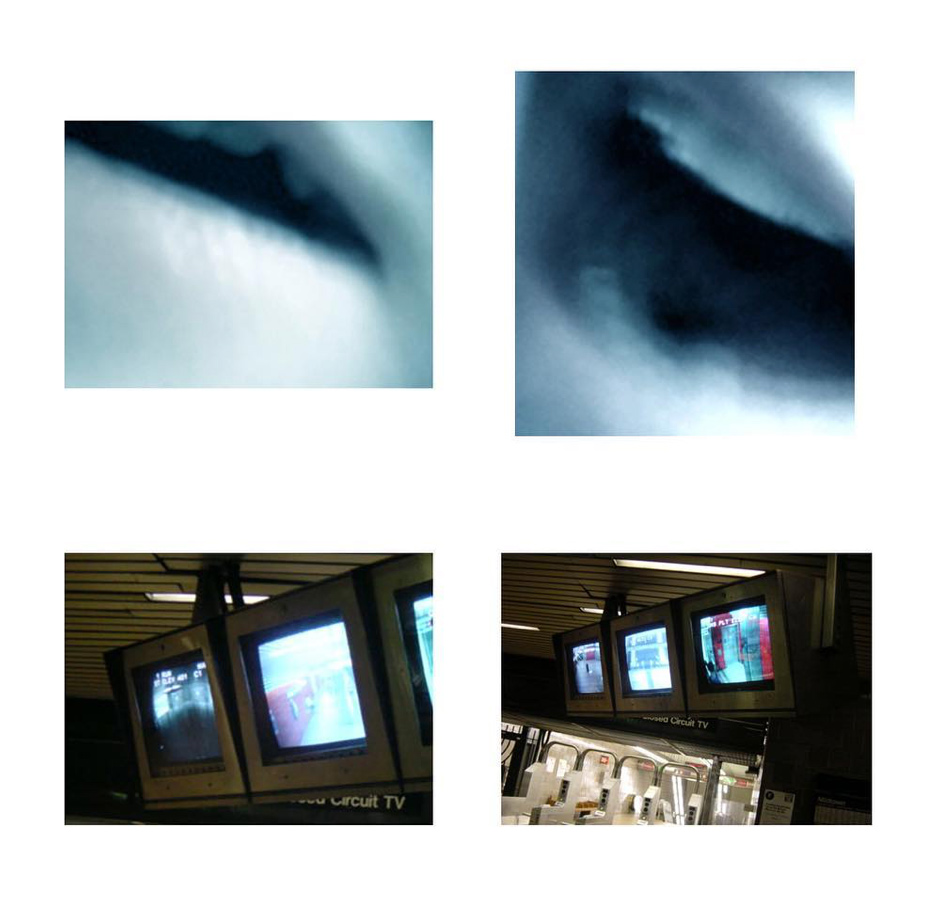In the first study [2010] of its kind, officials scoured the city’s subway system to discover what accounts for the perennial presence of rodents, a scourge since the system opened more than a century ago. […] Rodents, it turns out, reside inside station walls, emerging occasionally from cracks in the tile to rummage for food. The legend of teeming rat cities tucked deep into subway tunnels is, in fact, a myth. The electrified tracks, scientists said, are far too dangerous. […]
“They can fall 40 feet onto a concrete slab and keep running,” said Solomon Peeples, 86, a former director of the city’s Bureau of Pest Control Services. “We’re no match for them, as far as I’m concerned. Man does not stand no chance.” […]
Nothing quite excites a rat like a station’s “refuse room,” a storage space for bags of garbage waiting to be hauled away. For rodents, the room is “a restaurant,” as Dr. Corrigan called it, and he recommended that the transportation authority install poison bait in the rooms for a more surgical strike. (Currently, the authority places poison only on the tracks.) […]
Dr. Corrigan told health officials that while rats were a problem in the subways, the rodents inhabited many other public spaces, particularly parks. “Virtually all of New York,” he said, “is vulnerable to this uncanny mammal.”
{ NY Times | Continue reading }
New York has always been forced to coexist with the four-legged vermin, but the infestation has expanded exponentially in recent years, spreading to just about every corner of the city. […] Rat sightings reported to the city’s 311 hotline have soared nearly 38 percent, to 17,353 last year from 12,617 in 2014. […]
One key reason rats seem to be everywhere? Gentrification. The city’s construction boom is digging up burrows, forcing more rats out into the open, scientists and pest control experts say.
Milder winters — the result of climate change — make it easier for rats to survive and reproduce. And New York’s growing population and thriving tourism have brought more trash for rats to feed on.
Rats once scurried in the shadows but now they frolic brazenly in broad daylight. […] Parents at an Upper West Side playground said rats jumped into the sandbox where their children played, though the vermin have been cleared for now.
{ NY Times | Continue reading }
Traps. Poison. Birth control. Dry ice. And now, what city officials are touting as a high-tech solution: drowning. […] a bucket that would lure the rodents and send them plunging to their deaths in a mysterious vinegary concoction. The toxic potion, according to its maker, Rat Trap Inc., prevents them from rotting too quickly and emitting a stink. […]
Mr. Adams said he wants to install the newfangled traps, which cost between $300 and $400, in several locations in Brooklyn. If successful, he said he would look to expand the methodology citywide.
The pilot program has already hit one snag. Mr. Adams’s office initially placed five boxes in and around Brooklyn Borough Hall, but one was disabled by a very large rat. “It was so big it broke the spring mechanism in the box so that it was no longer functioning,” said Jonah Allon, Mr. Adams’s spokesman.
{ MSN/NY Times | Continue reading }
























